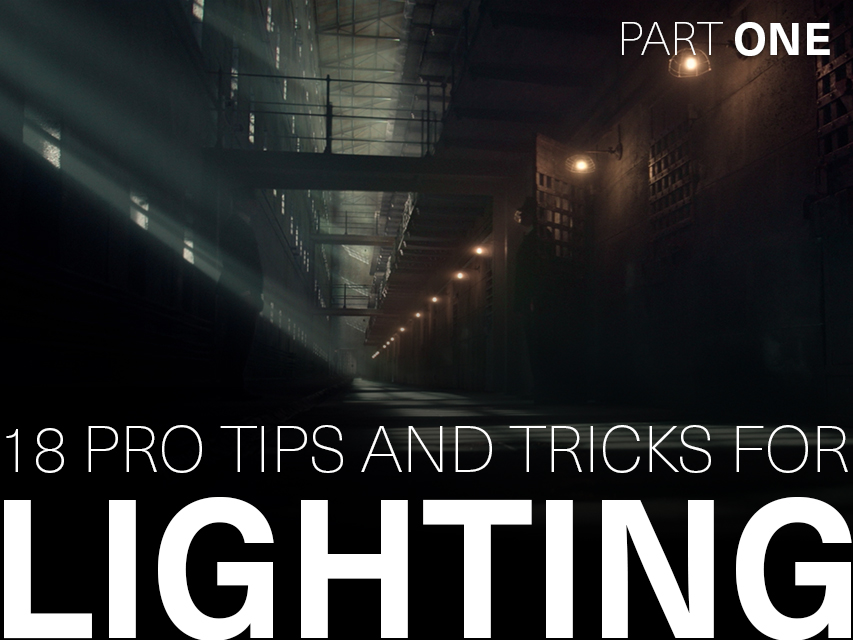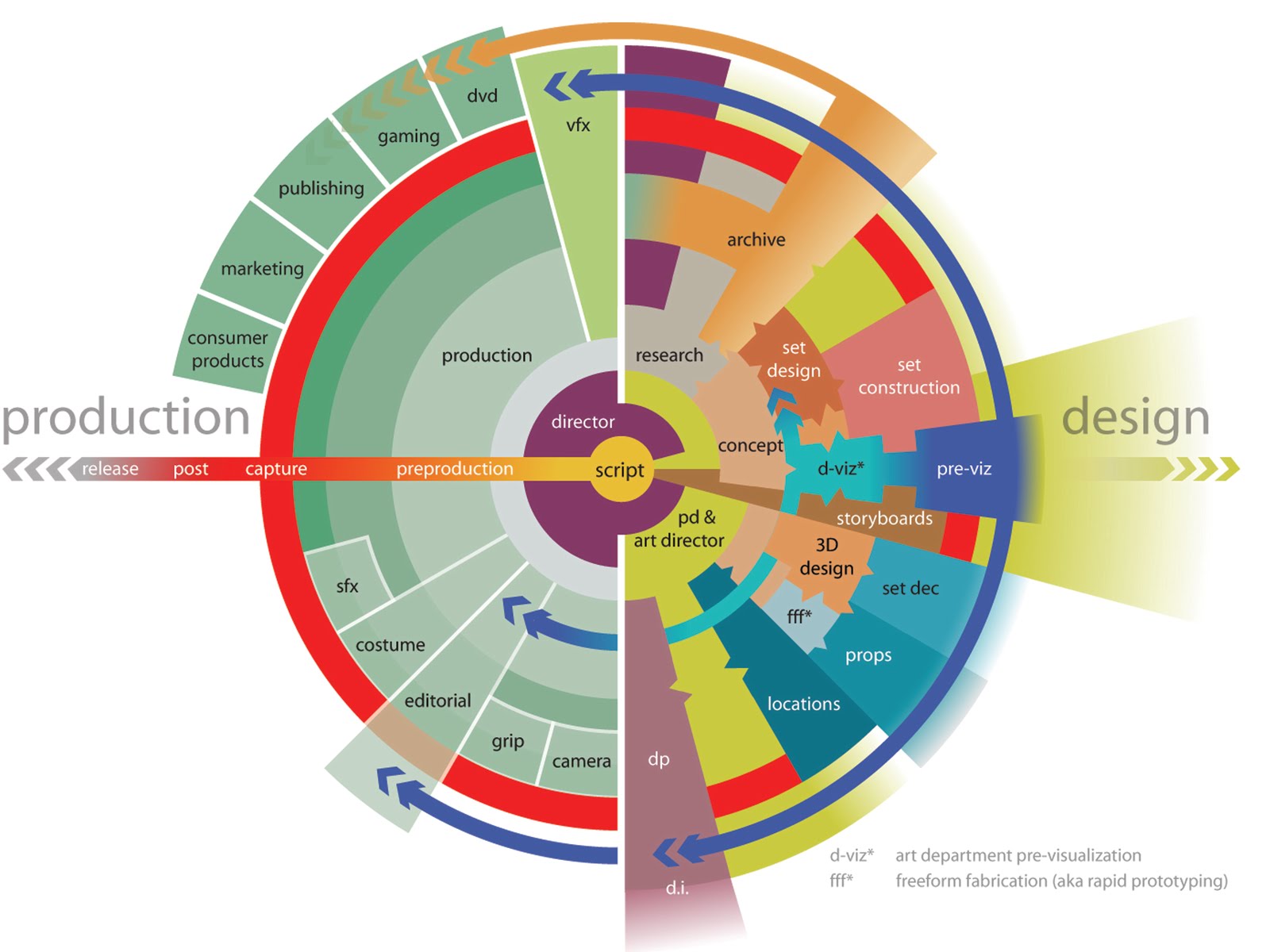https://www.ft.com/content/ae756fda-4c27-4732-89af-cb6903f2ab40
From the Financial Times:
The top eight US #media groups plan to spend at least $115bn on new movies and #TV shows next year in pursuit of a video #streaming business that loses money for most of them.
The huge investment outlays come amid concerns that it will be harder to attract new customers in 2022 after the pandemic-fuelled growth in 2020 and 2021. Yet the alternative is to be left out of the streaming land rush.
Most of the companies — a list that includes The Walt Disney Company , Comcast , WarnerMedia and Amazon — are set to rack up losses on their streaming units. Including sports rights, the aggregate spending estimate rises to about $140bn.
But the fact that even the industry leader must invest heavily to churn out shows and keep pace with competitors has caused some investors to ask whether video streaming is a good business.
Netflix is set to spend more than $17bn on content next year — up 25 per cent from 2021 and 57 per cent from the $10.8bn it spent in 2020. The company expects to break even and become free cash flow positive in 2022.
“The market is increasingly concerned there is no pot of gold at the end of this rainbow”, the bank’s analysts said.
Views : 541








